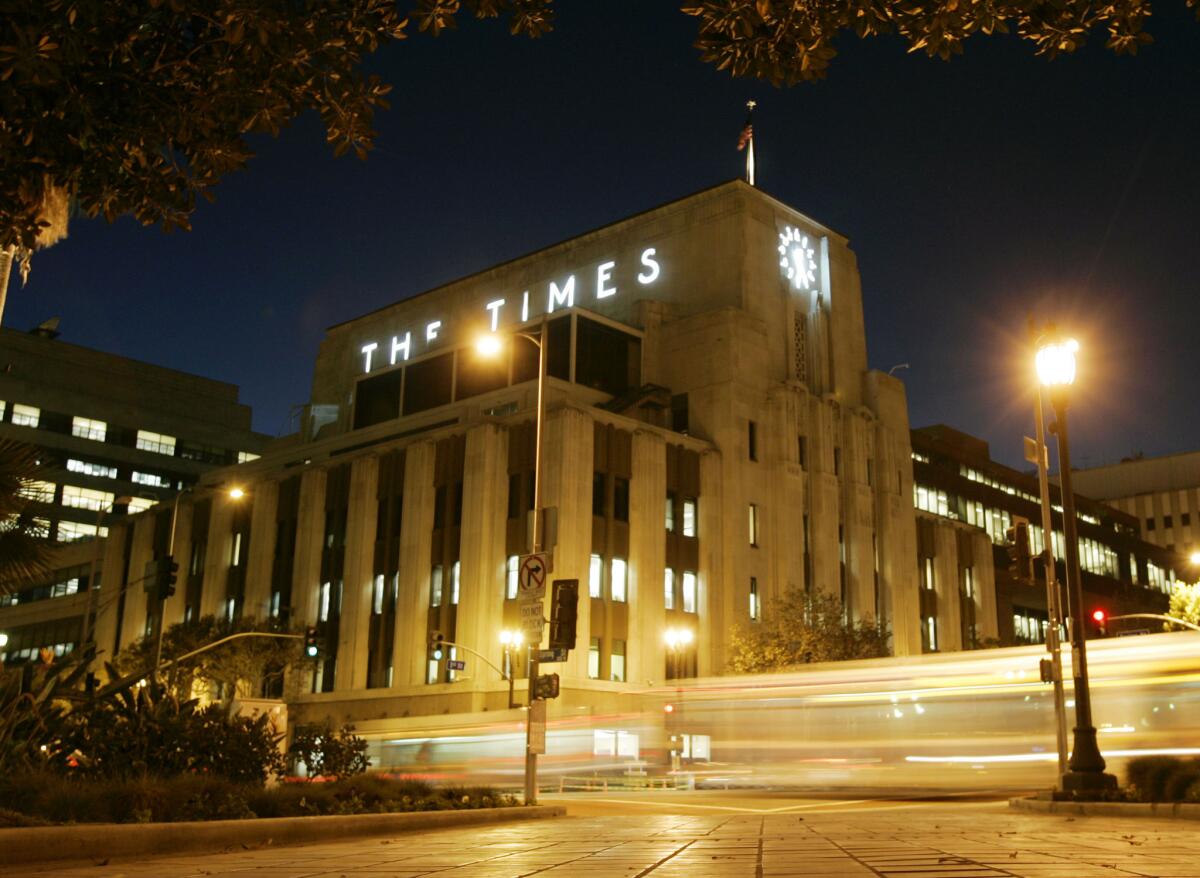Editorial: FAQs: The Times’ endorsement process for the June 3 elections

It’s called the June 3 elections, but voters can start marking their ballots and sending them in as early as May 5.
Topping the state portion of the ballot is Gov. Jerry Brown, who is seeking a fourth term and is eligible for it because he served his first two in the 1970s and early 1980s, before voters adopted a two-term limit. The lieutenant governor, attorney general, insurance commissioner and superintendent of public instruction are each seeking a second and final term.
The incumbent state treasurer, controller and secretary of state are termed out. In those and all other statewide offices, all candidates will run in the June primary, regardless of party, with the top two finishers in each race facing off in November.
The top-two system also applies to Assembly, state Senate and Board of Equalization races. And it applies to congressional elections, including the high-profile campaigns to replace Democratic Rep. Henry Waxman and Republican Rep. Howard P. “Buck” McKeon.
Los Angeles County residents will also replace the current sheriff and assessor (countywide), plus two members of the Board of Supervisors (in Supervisorial Districts 1 and 3 only). The rules for those races are different: Any candidate who receives more than 50% of votes cast in June is the winner outright. If no candidate reaches that mark, there will be a November runoff against the second-place finisher in each of those four races.
Dozens of Los Angeles Superior Court judges also are up for reelection this year, but, with one exception, their names won’t be on the ballot and they can be considered reelected because no challengers filed to run against them.
But the ballot will include one sitting judge and his challenger, plus candidates vying to succeed 13 judges who declined to run for reelection. In three of those races, only a single candidate filed to run in each, so those races are essentially decided, even though voters will see those three candidates’ names on the ballot.
In 10 other races, voters must choose among candidates vying to be elected to judicial seats. Of those, eight will be wrapped up in June because they feature only two candidates each, virtually guaranteeing that one will win a majority. In the two races with three candidates, November runoffs are possible.
There is also a special off-year election to fill a Los Angeles Unified School District board seat left vacant by the death of Marguerite Poindexter LaMotte. A candidate can win that seat outright with a June 3 showing of more than 50%; otherwise, the two highest finishers will face off in an Aug. 12 special runoff.
To make our recommendations, the editorial board goes beyond face-to-face discussions with candidates. Editorial writers often attend debates and spend time in the districts that are up for grabs, talking to constituents and hearing their concerns. And we weigh what we learn against the agenda we set in our editorials for the state, the county and the school district. We offer some thoughts and questions about the contests in our blog, Opinion L.A., and we invite readers to share their thinking.
FAQs:
How do you decide which candidates to interview?
We invited every candidate for statewide office who qualified for the ballot to meet and interview with us (more than 150 altogether). We did the same for school board, sheriff, assessor and supervisor candidates, and for the two Los Angeles-area congressional races to replace retiring incumbents.
Have you always interviewed every candidate?
No. California always seems to have elections, and it’s a very time-consuming process to meet with every candidate for every office on the ballot. In some recent elections, we concentrated on only the open-seat contests or on only those candidates whose support made them appear the most viable. We continue to endorse selectively. But we believe that wherever voters must make a choice, we should do our best to examine the candidates and issues and to make recommendations. We feel a special obligation to focus on judicial races, because so little information about those candidates is readily available to voters, and county races, because we spend so much of our time and resources explaining, critiquing and arguing over county government.
What do candidates get in exchange for meeting with you?
A cup of coffee or a glass of water, and the undivided attention of at least two members of The Times editorial board.
When will you publish your endorsements?
In May. Election day is June 3. Early voting begins May 5.
What about the Assembly and state Senate?
The Times endorses selectively and will not endorse in state legislative primaries.
What about ballot measures?
There are two statewide measures, both put on the ballot by the Legislature. Proposition 41 modifies and extends an existing housing bond for veterans. Proposition 42 amends the state Constitution to, in effect, prevent lawmakers from gutting guarantees that local governmental meetings will be open and records will be available to the public, even if the state declines to reimburse them for such costs. We will speak with the proponents of each measure. There are no formal campaign committees organized to oppose either measure.
More to Read
A cure for the common opinion
Get thought-provoking perspectives with our weekly newsletter.
You may occasionally receive promotional content from the Los Angeles Times.










